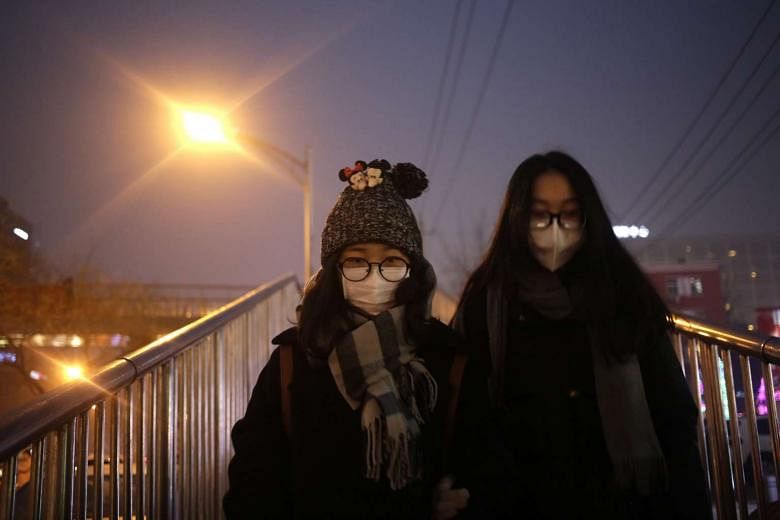In its editorial on Jan 6, 2016, China Daily says even if Beijing has succeeded in reducing the annual average pollution level, it is far too early for policymakers to become complacent.
Seemingly better air quality statistics are cold comfort for Chinese people who have a huge stake in terms of their health in the country's ongoing campaign against air pollution, which could last for years.
So instead of breathing a sigh of relief, policymakers should focus on taking more concrete measures to reduce hazardous smog.
It is counterintuitive to believe that Beijing's air quality improved in 2015 when thick smog in December alone forced the Chinese capital to twice issue the highest level alert for pollution.
That is not to say Beijing's environmental authorities might have statistically got it wrong that the average concentration of PM2.5 (harmful airborne particulate matter with a diametre of 2.5microns or less) was 81 micrograms per cubic metre in 2015, marking a drop of 6 per cent from 2014 and 10 per cent from 2013.
Such reduction in PM2.5 concentration should prove the effectiveness of the Beijing municipal government's efforts to replace coal fired boilers with natural gas powered facilities, force more polluting vehicles off the road, and close or shift heavy polluting factories.
But there seems a discrepancy between the public's impression of the air quality and the rosy picture the data portray. People's increasing awareness of the ill effects of air pollution and their difficulty in discerning the marginal decrease in PM2.5 may explain the nonchalance Beijing residents generally displayed after the local environmental protection bureau announced on Monday that the "number of days of most serious PM2.5 pollution is falling each year".
Sitting in one of China's most heavily polluted regions, it is difficult for Beijing to regain clean air against the main sources of pollution-vehicles, coal burning, industrial pollution and dust from construction sites.
So even if Beijing has succeeded in reducing the annual average pollution level, it is far too early for policymakers to become complacent. Instead, the reality that the capital was shrouded in toxic air for 22 days in the last two months of 2015, which are 15 days more than the same period in 2014 with average PM2.5 concentration reaching about seven times the national standard, speaks of only greater urgency to take proper action to protect people from such hazardous smog.
We hope the country can overcome serious air pollution as soon as possible. But the environmental authorities should not become cheerleaders. Instead, their better preparation for the worst case scenario will assure us more than some rosy air quality data.

